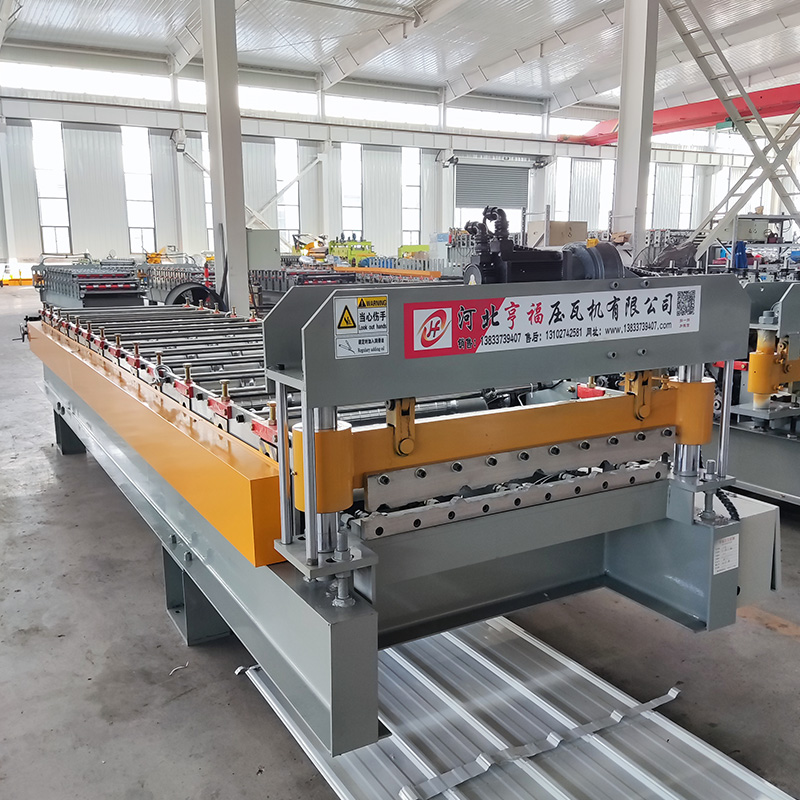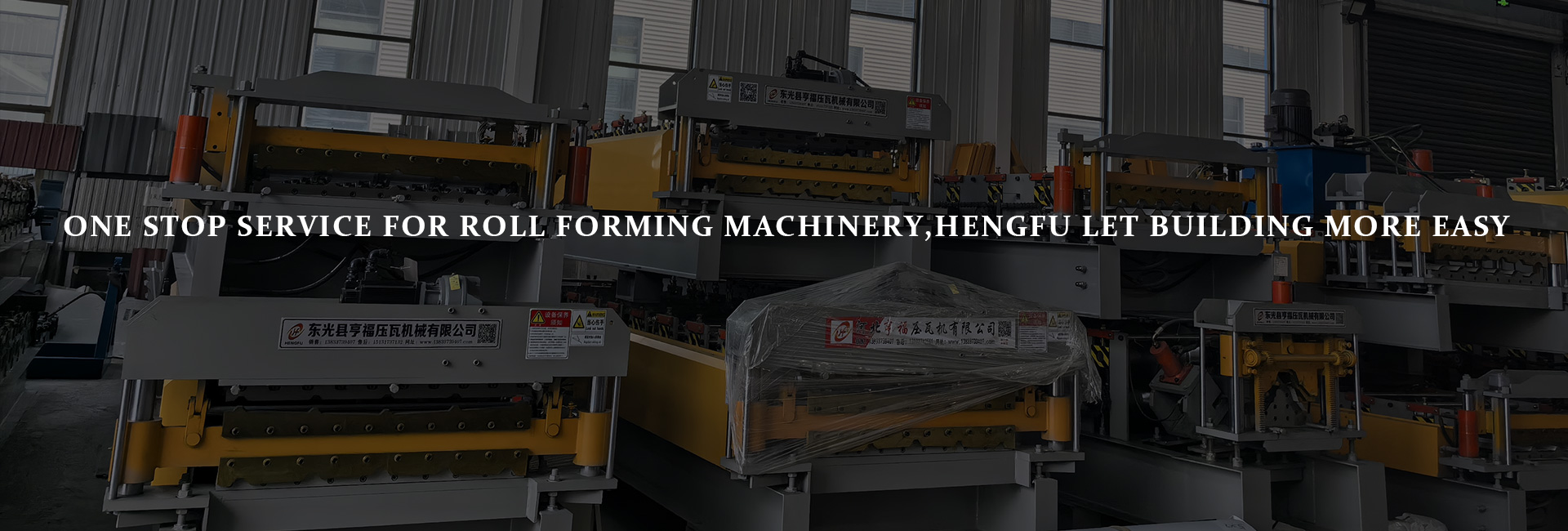Energy-Saving Strategies for Metal Roof Production Lines | Efficiency and Sustainability
writer:优化 release time:2025-08-21 19:24:25 Views:155frequency
The Link Between Energy Use and Metal Roof Manufacturing
The global construction sector is shifting toward environmentally responsible practices, and Metal Roof products are at the forefront of this trend. Known for durability and recyclability, they are widely chosen for residential, commercial, and industrial applications. Yet, producing these roofing panels demands a considerable amount of energy. From coil preparation to surface finishing, inefficiencies can lead to excessive costs and environmental strain. Energy-saving strategies, therefore, are not just operational adjustments—they are essential for building a sustainable and competitive future.


Main Energy Consumption Challenges in Production Lines
Before implementing solutions, it’s important to identify where most energy is lost in Metal Roof production:
·Mechanical Loads in Roll Forming: Motors powering continuous shaping consume large amounts of electricity.
·Thermal Processes: Coating, drying, and curing stages often result in wasted heat if recovery systems are absent.
·Idle Power Draw: Machines in standby mode still consume energy unnecessarily.
·Compressed Air Waste: Leaks and poor regulation of pneumatic systems contribute to hidden energy losses.
·Facility Infrastructure: Outdated lighting and ventilation increase overall utility bills.
Effective Energy-Saving Strategies
1. Smarter Machinery Operations
Equipping roll forming systems with variable speed drives (VSDs) ensures that motors use only the power required for each production stage. This prevents machines from running at maximum load when unnecessary.
2. Heat Reuse in Thermal Sections
Heat recovery units can capture exhaust from ovens or dryers and redirect it back into the process. This reduces reliance on fresh energy sources during curing and coating operations.
3. Energy Monitoring Systems
Installing digital monitoring platforms allows managers to track consumption in real time. Automated shutdown functions help switch off idle machines, reducing hidden costs.
4. Optimized Compressed Air Management
Routine leak inspections, correct pressure adjustments, and investment in high-efficiency compressors significantly cut air-related energy waste.
5. Facility Upgrades for Support Systems
Replacing fluorescent lighting with LED systems and integrating smart ventilation lowers the indirect energy footprint of Metal Roof factories. Motion detection and natural light utilization provide further savings.
6. Material Use Efficiency
Efficient coil cutting plans reduce scrap and save the energy that would otherwise be spent processing waste. Nesting software maximizes yield from each coil roll.
7. Maintenance as a Cost Saver
Friction and misalignment in mechanical parts increase resistance and energy draw. Scheduled preventive maintenance ensures that production lines operate at optimal efficiency.
8. Incorporating Renewable Energy
Production facilities can enhance sustainability by installing solar or wind systems. Using renewable energy to power a portion of operations not only reduces dependence on fossil fuels but also improves the eco-profile of Metal Roof products.


Advantages of an Energy-Conscious Production Line
By embedding energy-saving practices into production, manufacturers gain multiple long-term benefits:
·Operational Savings: Reduced electricity and fuel bills improve financial margins.
·Eco-Friendly Branding: Customers increasingly value materials produced with low environmental impact.
·Extended Machine Lifespan: Efficient systems experience less stress and downtime.
·Regulatory Alignment: Compliance with energy standards protects businesses from penalties.
·Market Advantage: Sustainable production differentiates Metal Roof products in a competitive construction market.
Conclusion: Energy Efficiency as a Growth Strategy
The production of Metal Roof panels is energy-intensive, but strategic improvements can transform these lines into models of efficiency and sustainability. Whether through smarter machine controls, thermal energy recovery, renewable integration, or preventive maintenance, every adjustment contributes to cost savings and reduced environmental impact.
In the long run, energy-saving measures in Metal Roof manufacturing are not just about reducing expenses—they represent a forward-looking commitment to sustainable construction and industry leadership.
References
GB/T 7714:Sadek M, El-Maghraby R M, Fathy M. Evaluation of variable speed drives to improve energy efficiency and reduce gas emissions: Case study[J]. Chemical Industry and Chemical Engineering Quarterly, 2023, 29(2): 111-118.
MLA:Sadek, Mohamed, Rehab M. El-Maghraby, and Mohamed Fathy. "Evaluation of variable speed drives to improve energy efficiency and reduce gas emissions: Case study." Chemical Industry and Chemical Engineering Quarterly 29.2 (2023): 111-118.
APA:Sadek, M., El-Maghraby, R. M., & Fathy, M. (2023). Evaluation of variable speed drives to improve energy efficiency and reduce gas emissions: Case study. Chemical Industry and Chemical Engineering Quarterly, 29(2), 111-118.







